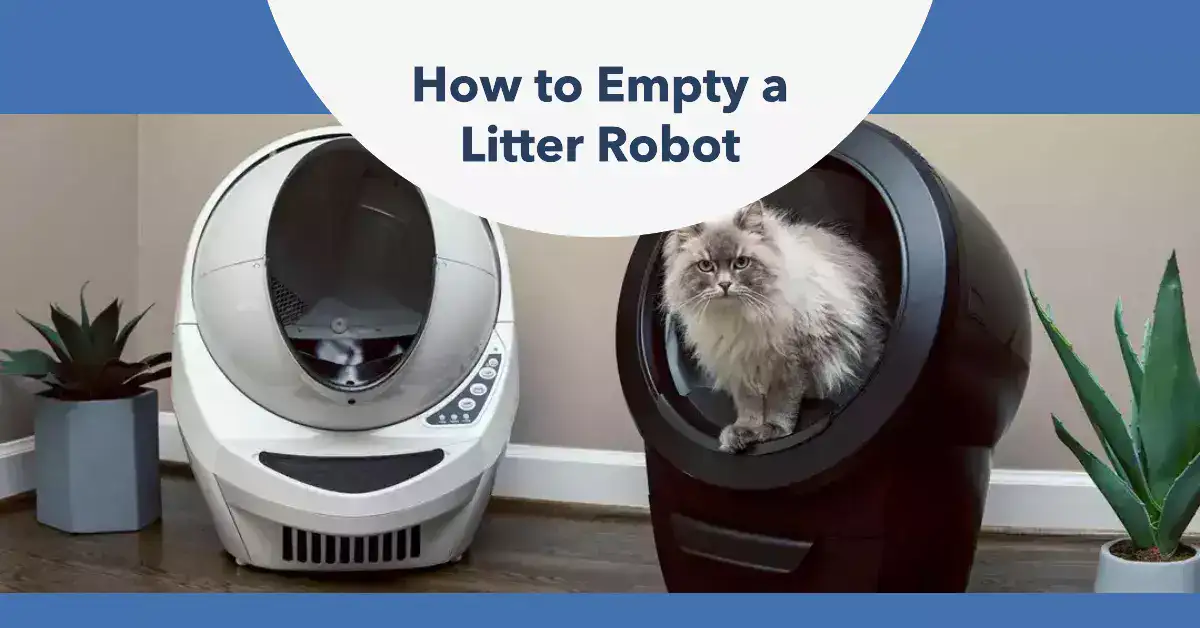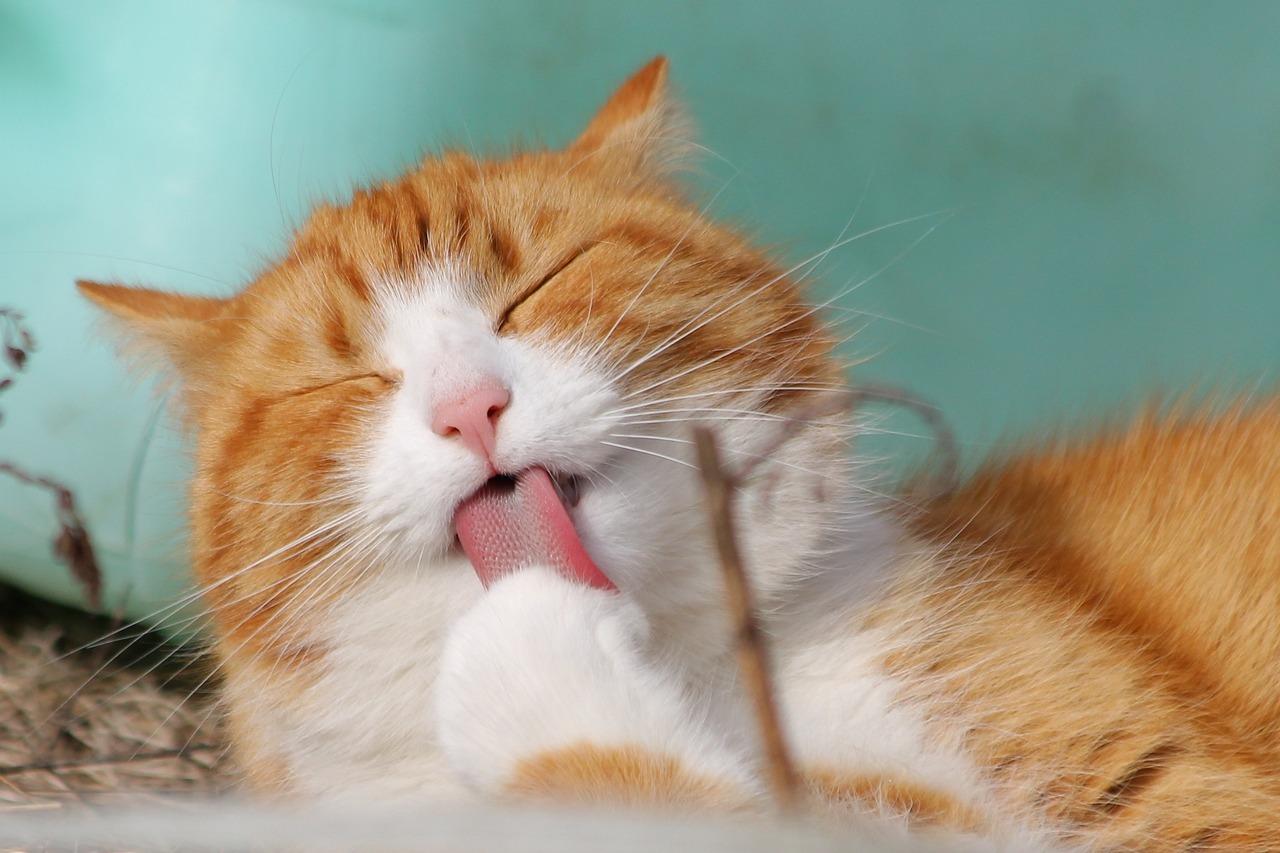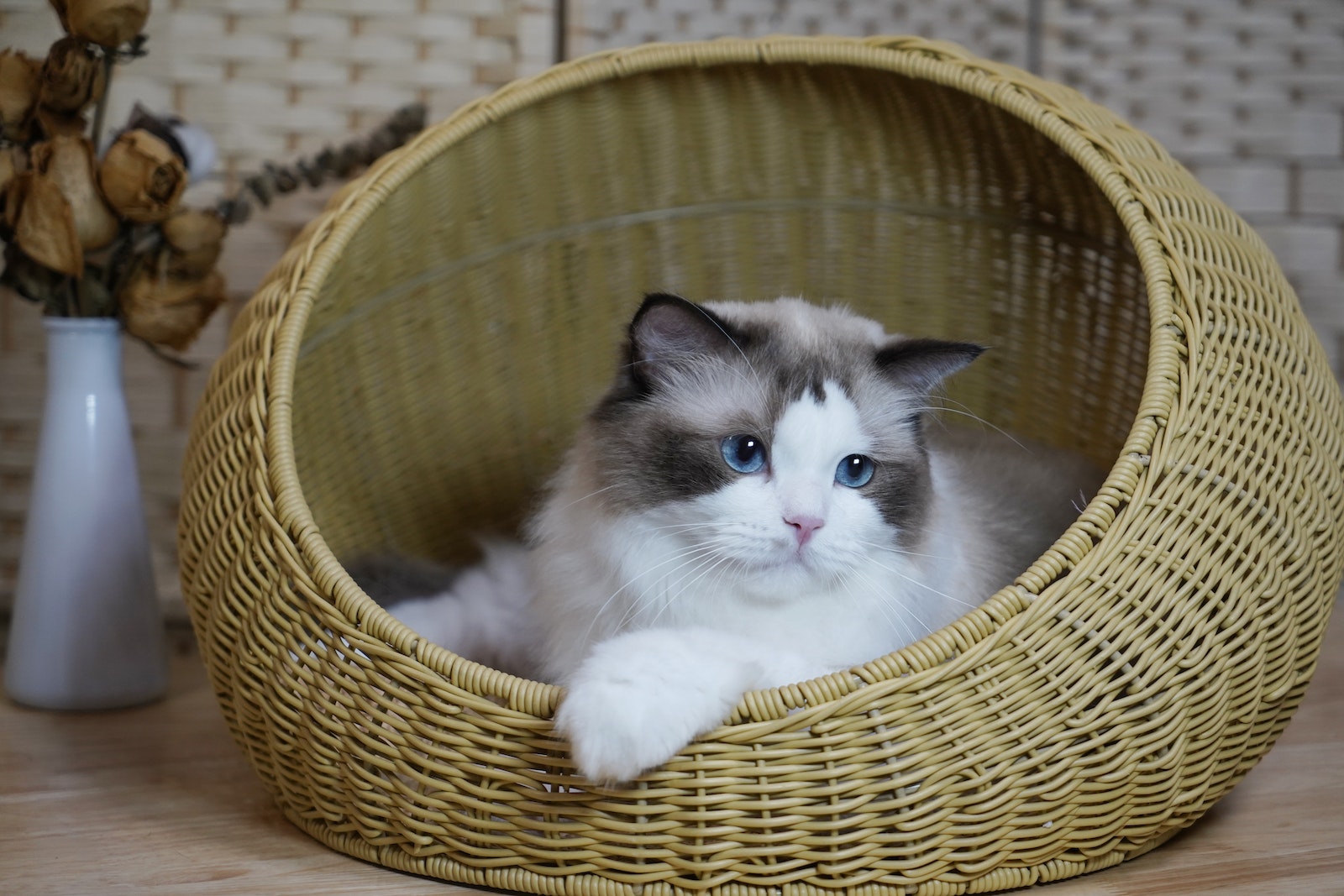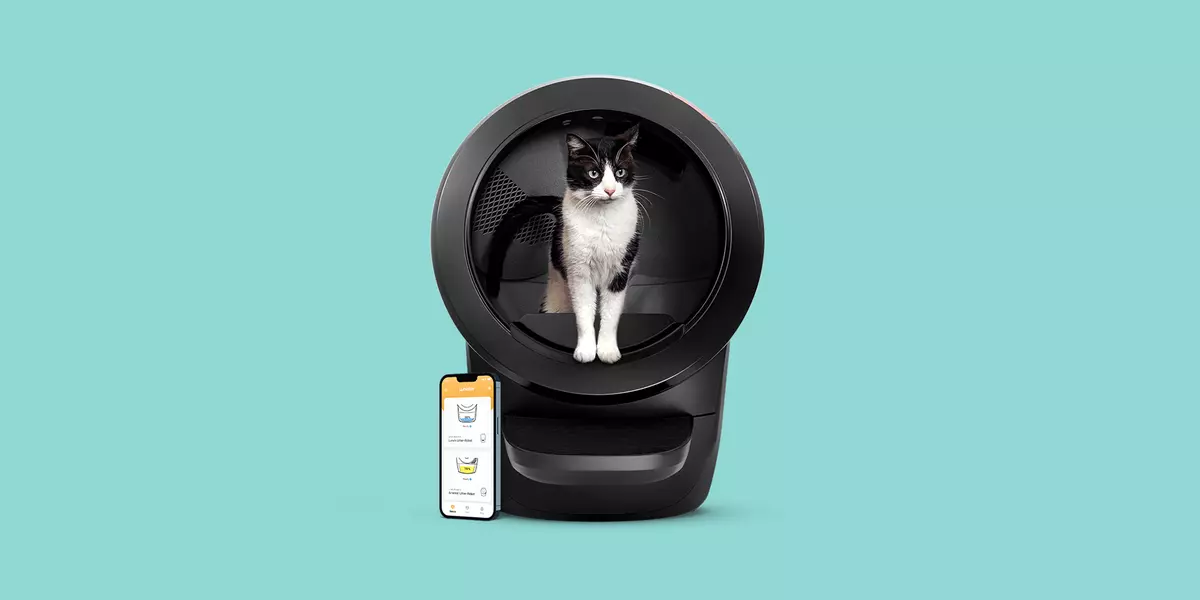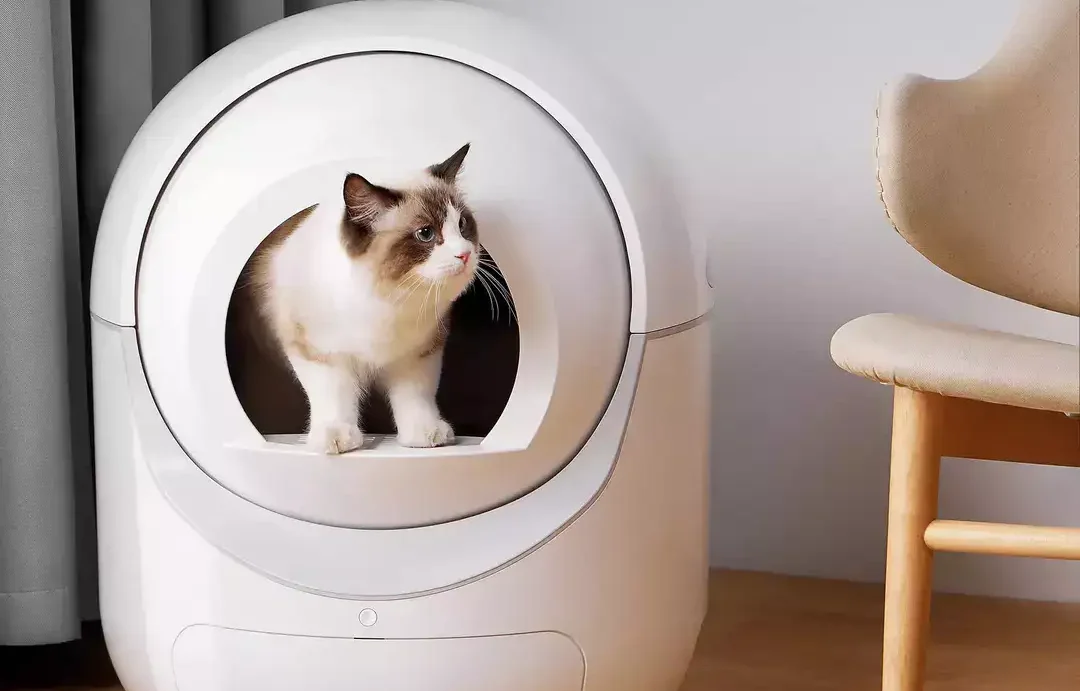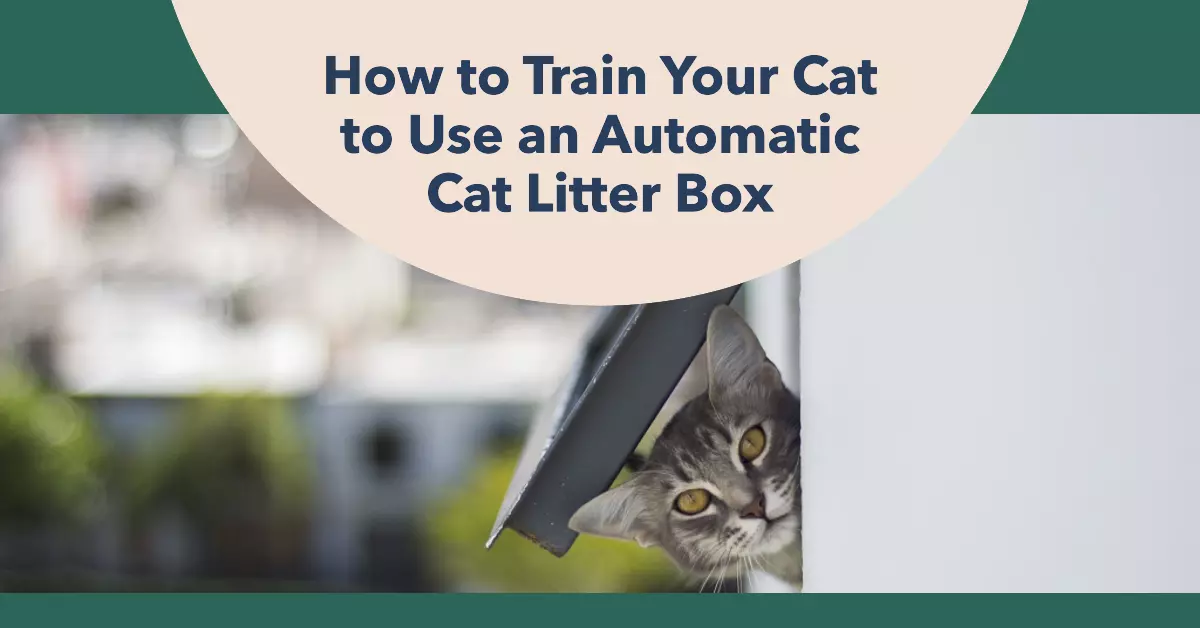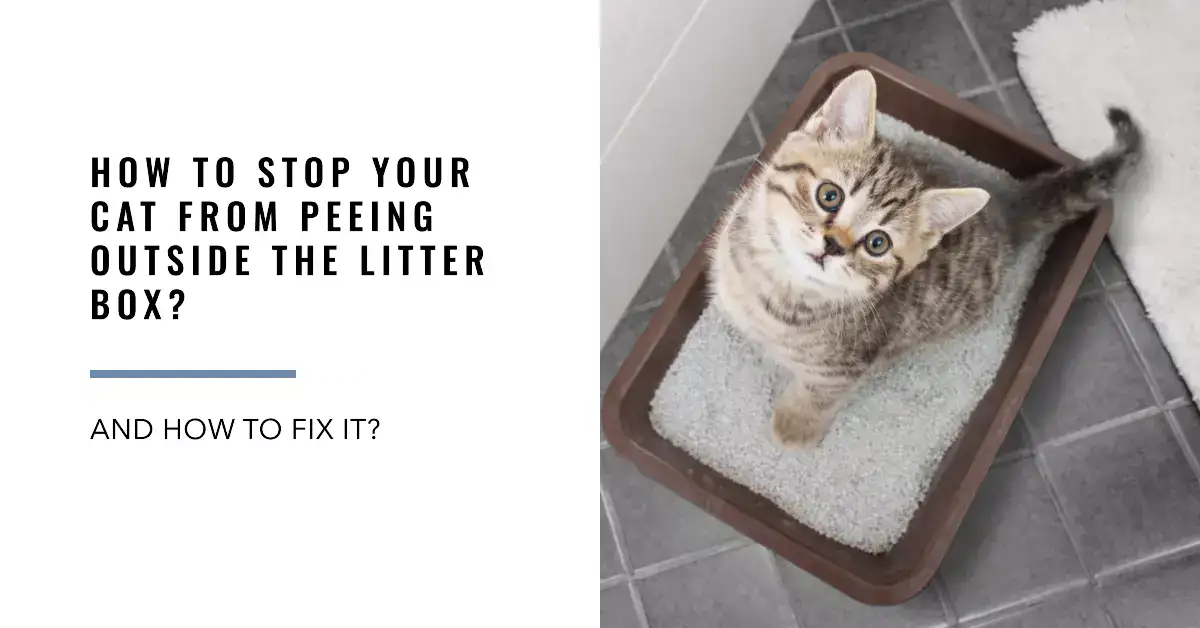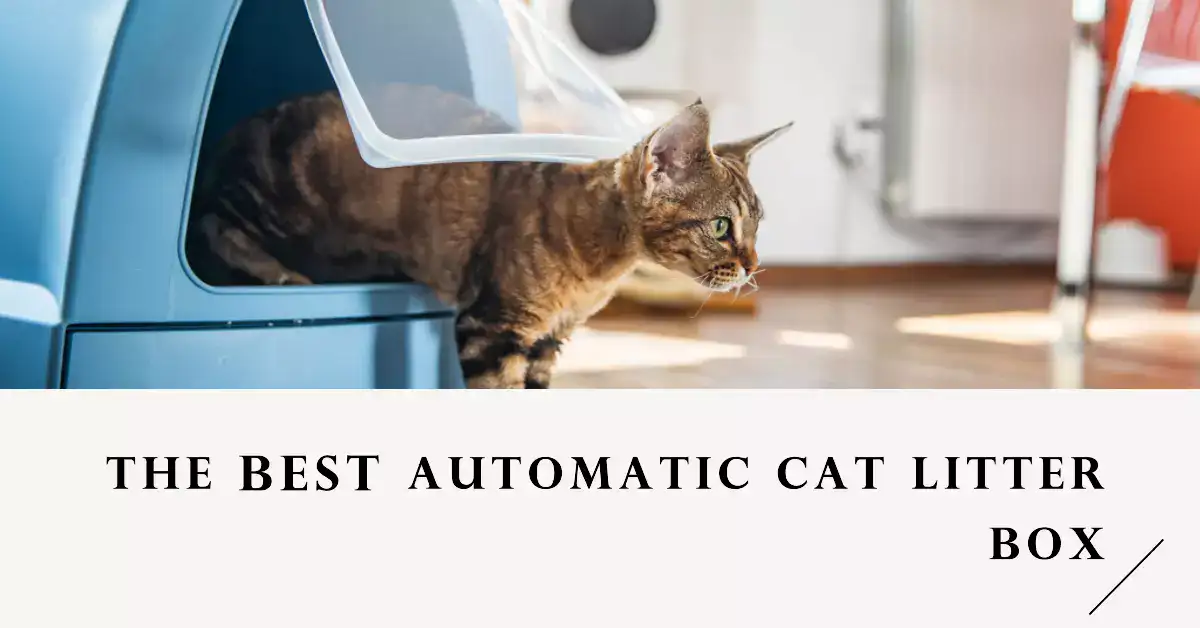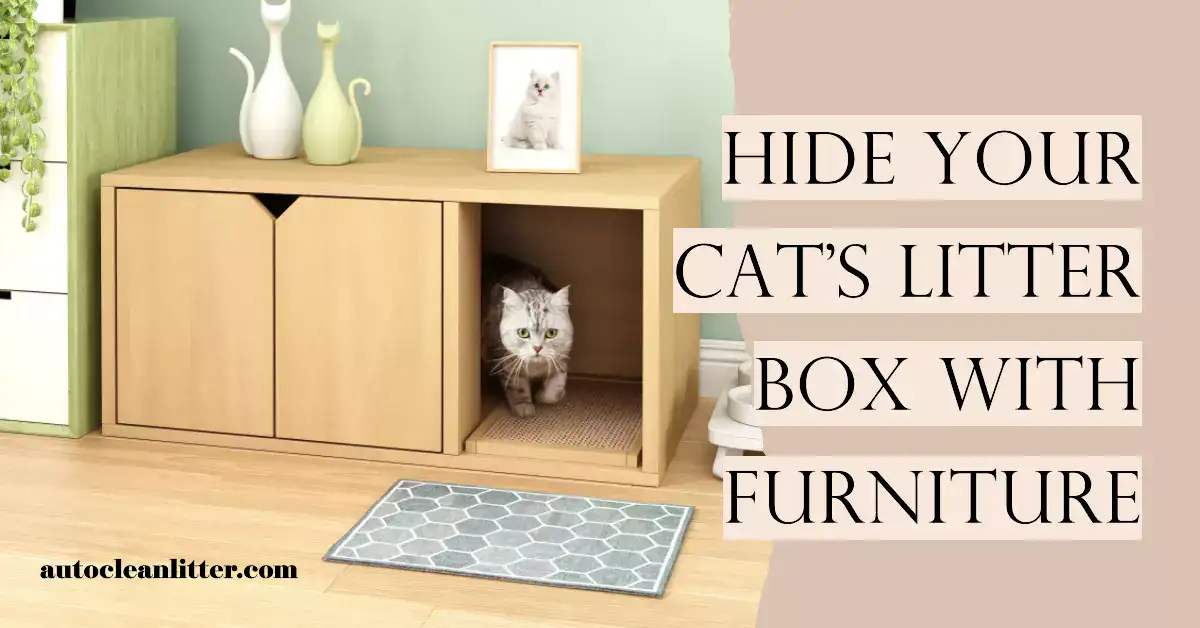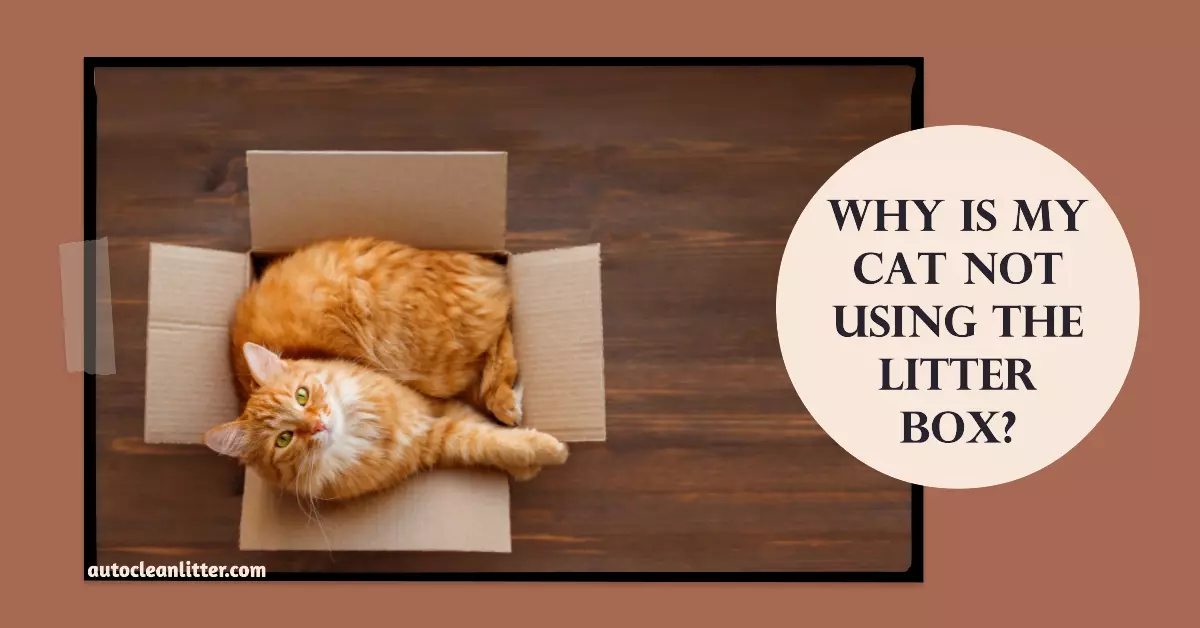If you are a cat owner, you know how important it is to keep your cat’s litter box clean and fresh. A dirty litter box can cause health problems for your cat, such as urinary tract infections, diarrhea, and respiratory issues. It can also make your home smell unpleasant and attract pests and parasites.
But how do you clean a litter box properly? What are the best tools and techniques to use? How often should you scoop, replace, and sanitize the litter box? And how can you make this chore easier and more convenient?
In this article, we will answer all these questions and more. We will also show you how an automatic cat litter box can save you time and hassle while keeping your cat happy and healthy. Read on to learn everything you need to know about how to clean a litter box.
How to clean a litter box: the routine

The first step to cleaning a litter box is to establish a regular routine. This will help you prevent the litter box from getting too dirty and smelly, and reduce the risk of bacterial growth and infection. Here are the basic steps of a good litter box cleaning routine:
Scoop daily
The most important thing you can do to keep your litter box clean is to scoop it daily. This means removing any clumps of urine or feces from the litter box using a scoop or a sifter. You should do this at least once a day, preferably twice or more if you have multiple cats or a small litter box.
Scooping daily will help you keep the litter box odor-free and comfortable for your cat. It will also extend the life of your litter, as you won’t have to replace it as often. You can dispose of the scooped waste in a trash bag, a compost bin, or a special litter disposal system that seals the odor and prevents leakage.
Replace the litter every 2-4 weeks

Even if you scoop daily, you will still need to replace the litter every 2-4 weeks, depending on how many cats you have and what type of litter you use. Replacing the litter means dumping out all the old litter from the litter box and filling it with fresh new litter.
Replacing the litter will help you get rid of any lingering odor and bacteria that may have accumulated in the old litter. It will also make your cat more likely to use the litter box, as cats prefer clean and fresh-smelling litter.
To replace the litter, you will need to empty the litter box into a trash bag or a compost bin. You should also wipe down the inside of the litter box with a damp cloth or paper towel to remove any dust or debris. Then, fill the litter box with new litter, following the instructions on the package. You should aim for a depth of about 2-3 inches of litter, as this will allow your cat to dig and bury their waste comfortably.
How often should you clean the litter box:
In addition to replacing the litter, you should also clean the litter box thoroughly every month or every quarter, depending on how dirty it gets. Cleaning the litter box means washing it with soap and water or a disinfectant solution to remove any stains, odors, or germs that may have built up over time.
Cleaning the litter box will help you maintain a sanitary and hygienic environment for your cat and yourself. It will also prevent any mold or mildew from growing in the litter box, which can cause allergic reactions or respiratory problems for your cat.
To clean the litter box, you will need to empty it completely and rinse it with hot water. Then, scrub it with a sponge or a brush and a mild detergent or a pet-safe cleaner. You can also use a diluted bleach solution (1 part bleach to 10 parts water) or vinegar to disinfect the litter box, but make sure to rinse it well afterward. Avoid using ammonia-based cleaners or scented products, as they can irritate your cat’s nose and lungs.
After scrubbing the litter box, rinse it again with hot water and dry it with a towel or paper towel. You can also let it air-dry in the sun for extra sanitization. Then, fill it with new litter and place it back in its usual spot.
How to clean a litter box: the methods

Now that you know how often to clean a litter box, let’s look at some tips and tricks that can make this task easier and more effective. Here are some methods that can help you clean a litter box like a pro:
Wear gloves
One of the simplest ways to protect yourself from germs and dirt when cleaning a litter box is to wear gloves. You can use disposable latex or vinyl gloves, or reusable rubber or silicone gloves. Gloves will help you avoid direct contact with litter and waste, and prevent any bacteria or parasites from getting under your nails or on your skin.
Wearing gloves will also make it easier to scoop and dispose of the waste, as you won’t have to worry about getting your hands dirty or smelly. Just make sure to wash your hands thoroughly after removing the gloves, and dispose of them properly.
Ensure your scoop is well-designed
Another way to make scooping easier and more efficient is to use a well-designed scoop. A good scoop should have a sturdy handle, a large and deep basket, and small and sharp holes. These features will help you pick up more waste in one scoop, sift out the clean litter faster, and avoid breaking the clumps or leaving any residue behind.
You should also look for a scoop that is made of metal or plastic, as these materials are easy to clean and sanitize. You can also choose a scoop that has a non-stick coating or a rubber edge, as these can prevent the waste from sticking to the scoop or scraping the litter box.
You should clean your scoop regularly with soap and water or a disinfectant solution, and store it in a dry and clean place. You can also use a scoop holder that attaches to the litter box or the wall, to keep it handy and out of sight.
Use an unscented, pet-friendly cleaner

When cleaning the litter box, you should use an unscented, pet-friendly cleaner that won’t harm your cat or leave any residue behind. You can use a mild detergent or soap, a vinegar solution, or a bleach solution, as long as you rinse them well afterward. You can also use a specialized litter box cleaner that is designed to remove stains and odors from the litter box without affecting the litter quality.
You should avoid using ammonia-based cleaners or scented products, as they can irritate your cat’s nose and lungs. They can also make your cat avoid the litter box, as they can mask their scent or create an unpleasant smell. Cats are very sensitive to smells, and they prefer their litter box to smell like themselves.
Avoid harsh chemicals
Another thing to avoid when cleaning the litter box is harsh chemicals that can damage the litter box or harm your cat. You should avoid using bleach undiluted, as it can corrode the plastic of the litter box and create toxic fumes. You should also avoid using alcohol, acetone, or other solvents, as they can dissolve the plastic in the litter box and leave harmful residues.
If you need to use any of these chemicals for some reason, make sure to dilute them with water and rinse them well afterward. You should also wear gloves and a mask when handling them, and ventilate the area well. You should also keep your cat away from the litter box until it is completely dry and odor-free.
How to Clean Your Self-Cleaning Litter Box
Self-cleaning litter boxes are a great way to save time and hassle when it comes to your cat’s hygiene. However, even though they do most of the work for you, they still need some regular maintenance to keep them functioning properly and smelling fresh. In this article, we’ll show you how to clean four popular models of self-cleaning litter boxes: the Litter-Robot 3, the Litter-Robot 4, the CatGenie A.I. Self-Washing Cat Box, and the PetSafe ScoopFree.
How to Clean Your Litter-Robot 3

The Litter-Robot 3 is a self-cleaning litter box that uses a patented sifting system to separate waste from clean litter and deposit it into a carbon-filtered drawer below. It works with any brand of clumping litter and can accommodate cats of 5 lbs and up. Here are the steps to clean your Litter-Robot 3:
- Empty the waste drawer when the blue light on the control panel indicates that it is full. You can use any type of plastic bag to line the drawer for easy disposal. You can also sprinkle some baking soda or odor neutralizer in the bag to reduce odors.
- Wipe down the inside and outside of the globe with a damp cloth or a pet-safe cleaner. Avoid using harsh chemicals or abrasive materials that could damage the surface or the sensors.
- Remove the rubber liner from the bottom of the globe and wash it with warm water and mild soap. Rinse well and let it dry completely before reinstalling it.
- Check the carbon filter on the waste drawer and replace it if it is dirty or worn out. You can also use a vacuum cleaner to remove any dust or debris from the filter.
- Check the litter level in the globe and add more if needed. The litter level should be between the raised fill line and the bottom of the black rubber liner.
How to Deep-Clean Your Litter-Robot 3
If you want to give your Litter-Robot 3 a thorough cleaning, you can follow these additional steps:
- Unplug the power cord from the base and remove the globe from the base by lifting it up and out.
- Remove the bonnet from the globe by unscrewing the four knobs on each side.
- Wash the bonnet, globe, and rubber liner with warm water and mild soap. You can also use a soft brush or sponge to scrub away any stubborn stains or residues.
- Rinse well and let them dry completely before reassembling them.
- Wipe down the base with a damp cloth or a pet-safe cleaner. Avoid spraying any liquid directly onto the base or getting any water into the electrical components.
- Reattach the globe to the base and plug in the power cord.
How to Clean Your Litter-Robot 4

The Litter-Robot 4 is a new model of self-cleaning litter box that features advanced technology such as individual cat recognition, real-time litter and waste drawer levels, a quiet sifting process, and smart scale technology that records your cat’s weight after every use. It also has a sleek design that maximizes comfort for cats of all sizes. The cleaning steps for the Litter-Robot 4 are similar to those for the Litter-Robot 3, with some minor differences:
- Empty the waste drawer when you receive a notification on your Whisker app that it is full. You can use any type of plastic bag to line the drawer for easy disposal. You can also sprinkle some baking soda or odor neutralizer in the bag to reduce odors.
- Wipe down the inside and outside of the globe with a damp cloth or a pet-safe cleaner. Avoid using harsh chemicals or abrasive materials that could damage the surface or the sensors.
- Remove the rubber liner from the bottom of the globe and wash it with warm water and mild soap. Rinse well and let it dry completely before reinstalling it.
- Check the carbon filter on
the waste drawer and replace it if it is dirty or worn out. You can also use a vacuum cleaner to remove any dust or debris from
the filter. - Check
the litter level in
the globe and add more if needed. The litter level should be between
the raised fill line and
the bottom of
the black rubber liner.
How to Deep-Clean Your Litter-Robot 4
If you want to give your Litter-Robot 4 a thorough cleaning, you can follow these additional steps:
- Unplug the power cord from the base and remove the globe from the base by lifting it up and out.
- Remove the bonnet from the globe by unscrewing the four knobs on each side.
- Wash the bonnet, globe, and rubber liner with warm water and mild soap. You can also use a soft brush or sponge to scrub away any stubborn stains or residues.
- Rinse well and let them dry completely before reassembling them.
- Wipe down the base with a damp cloth or a pet-safe cleaner. Avoid spraying any liquid directly onto the base or getting any water into the electrical components.
- Reattach the globe to the base and plug in the power cord.
How to Clean Your CatGenie A.I. Self-Washing Cat Box

The CatGenie A.I. Self-Washing Cat Box is a self-cleaning litter box that uses washable granules and a sanitizing solution to wash, dry, and deodorize your cat’s waste. It connects to a cold water line and an electrical outlet and can be programmed to run automatically or manually. Here are the steps to clean your CatGenie A.I. Self-Washing Cat Box:
- Replace the SaniSolution cartridge when you receive a notification on your CatGenie app that it is low or empty. You can choose between two types of cartridges: Fresh Scent or Scent Free.
- Replace the granules when you receive a notification on your CatGenie app that they are low or dirty. You can order more granules from the CatGenie website or from authorized retailers.
- Clean the impeller, which is the part that spins and pushes the water and granules around, every two months or more often if needed. To do this, unplug the power cord, remove the hopper cover, and pull out the impeller. Wash it with warm water and mild soap and remove any hair or debris that may be stuck in it. Rinse well and let it dry completely before reinstalling it.
- Clean the drain hose, which is the part that carries the waste water out of the unit, every six months or more often if needed. To do this, unplug the power cord, disconnect the drain hose from the unit and from the drain source, and flush it with hot water and vinegar. You can also use a pipe cleaner or a wire hanger to remove any clogs or blockages in
the hose. - Wipe down
the inside and outside of
the unit with a damp cloth or a pet-safe cleaner. Avoid using harsh chemicals or abrasive materials that could damage
the surface or
the sensors.
How to Clean Your PetSafe ScoopFree

The PetSafe ScoopFree is a self-cleaning litter box that uses disposable litter trays filled with crystal litter that absorbs urine and dehydrates solid waste. It has a rake that automatically sweeps waste into a covered compartment 20 minutes after your cat uses it. Here are
the steps to clean your PetSafe ScoopFree:
- Replace
the litter tray when
the blue crystals turn white or when you notice an odor. You can choose between two types of trays: Original Scent or Lavender Scent. - Remove
the litter tray by sliding it out of
the unit and covering it with
the lid that comes with it. Dispose of it in
the trash according to your local regulations. - Insert a new litter tray by sliding it into
the unit until it snaps into place. - Wipe down
the inside and outside of
the unit with a damp cloth or a pet-safe cleaner. Avoid using harsh chemicals or abrasive materials that could damage
the surface or
the sensors.
Conclusion
Self-cleaning litter boxes are convenient and hygienic for both you and your cat, but they still need some regular care and attention to keep them working well and smelling fresh. By following these simple steps, you can ensure that your self-cleaning litter box stays clean and functional for a long time.


